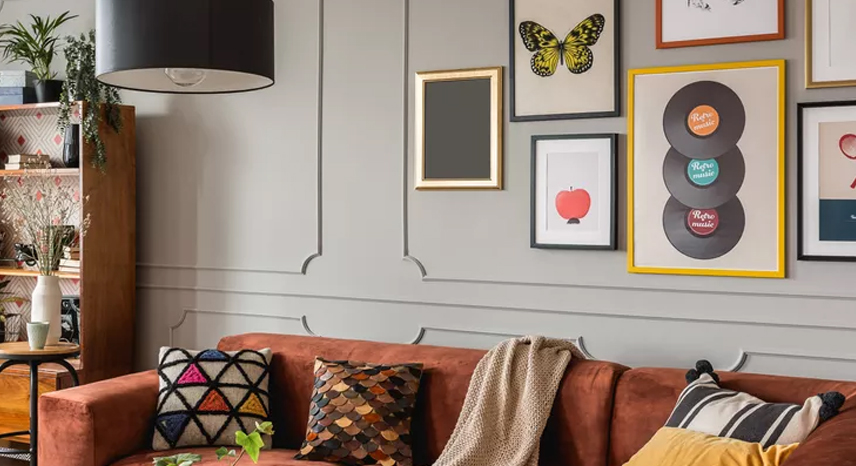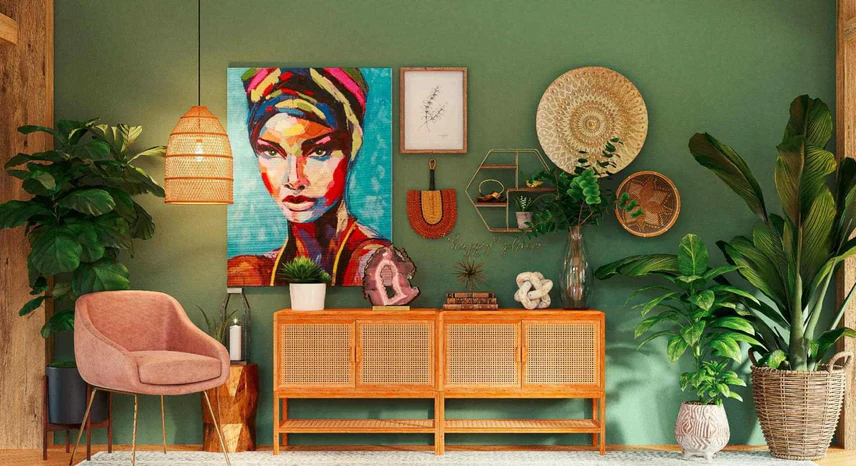The Impact of Lighting: How to Use Light Fixtures to Transform Spaces

Introduction
Lighting is one of the most crucial elements in home design, capable of dramatically altering the ambiance and functionality of a space. Whether it’s the gentle warmth of a sunset or the invigorating brightness of a midday sun, light plays a key role in setting the mood and defining the character of your home. From maximizing natural daylight to carefully layering various types of artificial lighting, mastering your lighting design can elevate your living environment to new heights. In this blog, we’ll explore why lighting matters, examine different types of lighting, and provide practical tips for using light fixtures to create a beautiful, functional, and mood-enhancing sanctuary.
Why Lighting Matters
Mood Setting
Lighting has a profound impact on the mood of any room. Different lighting setups can evoke a range of emotions:
- Bright Lights for Energy: High-intensity lighting works well in spaces where you need to feel alert and energetic, such as kitchens, home offices, or workout areas.
- Soft Glows for Relaxation: Dim, warm lighting creates a cozy, inviting atmosphere perfect for living rooms and bedrooms. This kind of lighting helps reduce stress and encourages relaxation.
- Dramatic Spotlights for Accentuation: Strategic accent lighting can highlight artwork, architectural features, or decorative objects, creating focal points that add visual interest and drama.
Spatial Enhancement
Good lighting can transform the perception of space:
- Illusion of Size: Mirrors, reflective surfaces, and well-placed lighting can make small rooms appear larger and more open.
- Depth and Dimension: Layering different types of lighting adds depth and complexity to a room, creating a more dynamic and visually appealing environment.
- Enhancing Architectural Features: Highlighting unique architectural details with targeted lighting can enhance the overall design and make the space feel more curated and refined.
Functional Benefits
Beyond aesthetics, proper lighting is essential for practical, everyday use:
- Task Efficiency: Adequate task lighting ensures that you can perform activities such as reading, cooking, or working without straining your eyes.
- Safety and Comfort: Well-lit spaces reduce the risk of accidents and create a sense of security. In hallways and staircases, for instance, proper lighting is crucial for safe navigation.
- Energy Efficiency: Modern lighting solutions, such as LED bulbs and smart lighting controls, not only provide high-quality illumination but also help reduce energy consumption and lower utility bills.
Types of Lighting and How to Layer Them
A balanced lighting design typically involves a mix of natural and artificial lighting. Here’s how to achieve a harmonious blend:
1. Natural Lighting
- Maximizing Sunlight: Large windows, skylights, and glass doors are essential for harnessing the power of natural light. Positioning your furniture near these light sources can dramatically brighten your space.
- Reflective Surfaces: Mirrors and light-colored walls can reflect natural light, dispersing it evenly throughout the room. This creates a bright, airy atmosphere even in spaces that lack direct sunlight.
2. Ambient Lighting
- Overall Illumination: Ambient lighting provides general, overall illumination for a room. Ceiling fixtures, chandeliers, and recessed lights are common choices that create a warm and welcoming base level of light.
- Layering Techniques: Using dimmable ambient lights allows you to adjust the brightness to suit different times of the day and various activities, ensuring the space is both functional and adaptable.
3. Task Lighting
- Focused Illumination: Task lighting is designed to provide concentrated light in specific areas where activities like reading, cooking, or working occur.
- Practical Fixtures: Desk lamps, under-cabinet lights, and pendant lights over workspaces ensure that you have sufficient light to complete tasks without causing eye strain.
4. Accent Lighting
- Highlighting Features: Accent lighting draws attention to architectural details, artwork, or decorative objects. Spotlights, track lighting, and LED strips can be used to create dramatic focal points.
- Creative Effects: Experiment with different colors and intensities to add visual interest. Accent lighting can also be used to create patterns or shadows, adding depth and texture to your space.
Practical Tips for Lighting Mastery
Layer Your Lighting
Combining different types of lighting is essential for a versatile and dynamic environment. Layer natural, ambient, task, and accent lighting to create a balanced, multi-dimensional space that adapts to your needs. For example, a living room might benefit from a combination of daylight streaming in from a large window, overhead ambient lighting for general illumination, and strategically placed accent lights to highlight artwork or architectural features.
Adjustable Options
Using dimmers and smart lighting controls allows you to adjust the light intensity based on the time of day or activity. This adaptability not only enhances the functionality of your space but also contributes to energy savings. Consider investing in smart bulbs that can change color temperature, helping you switch between warm, relaxing light and cool, invigorating light as needed.
Energy Efficiency
Opt for LED bulbs and energy-efficient fixtures to reduce your environmental impact and lower utility bills. Energy-efficient lighting provides long-lasting, high-quality illumination while consuming significantly less power than traditional incandescent bulbs. This is particularly important in spaces where lighting is used extensively, such as home offices and kitchens.
Real-Life Inspiration
Imagine a modern living room designed to make the most of every natural ray of light. Floor-to-ceiling windows let in abundant daylight, which is then reflected off a strategically placed mirror to brighten dark corners. Ambient lighting from recessed ceiling fixtures provides a soft, consistent glow, while task lighting over a reading nook ensures ample illumination for reading. Accent lights are used to highlight a bold piece of artwork, creating a focal point that draws the eye upward. The result is a harmonious, multi-layered space that is both inviting and highly functional—a perfect blend of practicality and beauty.
Final Thoughts
The impact of lighting in home design cannot be overstated. With a thoughtful approach to layering different types of lighting—combining natural and artificial sources—you can transform any space into a beautifully illuminated haven. Whether you’re aiming for a bright, energetic environment or a cozy, intimate setting, mastering your lighting design is key to enhancing both the aesthetics and functionality of your home. Embrace the power of lighting to create an atmosphere that not only looks good but also feels good.
post

Lifestyle ≠ 28 October
Fashion and Wellness: How What You Wear Can Affect Your Health

Lifestyle ≠ 28 October
Future of Fashion: Exploring the Role of AI and Virtual Reality in Style

Lifestyle ≠ 28 October
The Intersection of Fashion and Music: Style Influences from Iconic Artists

Lifestyle ≠ 28 October

Lifestyle ≠ 28 October
Previous Post
Home & Decor October 28
Personalized Art Displays: Creating Gallery Walls that Tell Your Story
Next Post
Home & Decor October 28
Seasonal Decor Swaps: Refresh Your Home’s Look Throughout the Year

